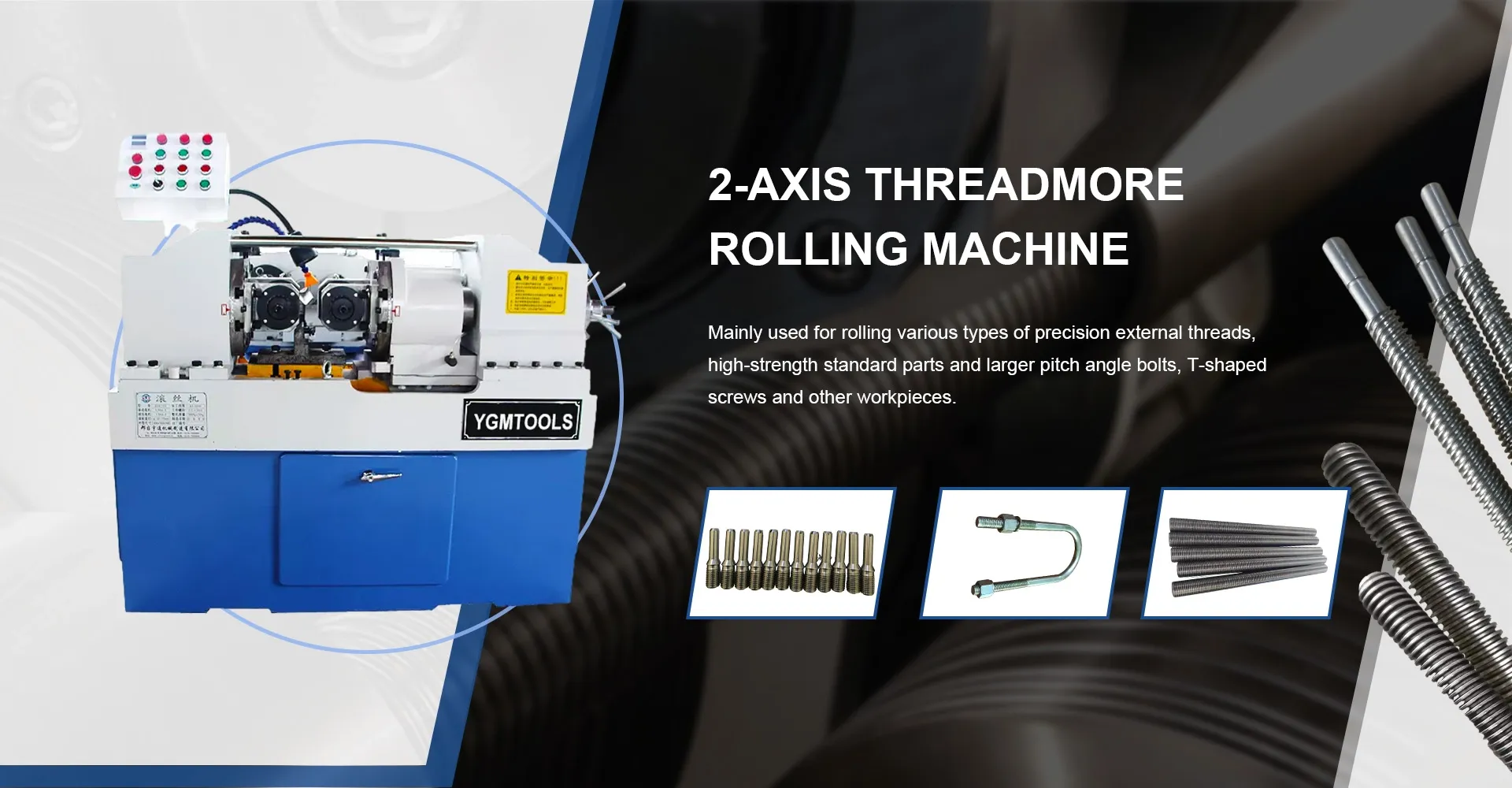
-
 Afrikaans
Afrikaans -
 Albanian
Albanian -
 Amharic
Amharic -
 Arabic
Arabic -
 Armenian
Armenian -
 Azerbaijani
Azerbaijani -
 Basque
Basque -
 Belarusian
Belarusian -
 Bengali
Bengali -
 Bosnian
Bosnian -
 Bulgarian
Bulgarian -
 Catalan
Catalan -
 Cebuano
Cebuano -
 Corsican
Corsican -
 Croatian
Croatian -
 Czech
Czech -
 Danish
Danish -
 Dutch
Dutch -
 English
English -
 Esperanto
Esperanto -
 Estonian
Estonian -
 Finnish
Finnish -
 French
French -
 Frisian
Frisian -
 Galician
Galician -
 Georgian
Georgian -
 German
German -
 Greek
Greek -
 Gujarati
Gujarati -
 Haitian Creole
Haitian Creole -
 hausa
hausa -
 hawaiian
hawaiian -
 Hebrew
Hebrew -
 Hindi
Hindi -
 Miao
Miao -
 Hungarian
Hungarian -
 Icelandic
Icelandic -
 igbo
igbo -
 Indonesian
Indonesian -
 irish
irish -
 Italian
Italian -
 Japanese
Japanese -
 Javanese
Javanese -
 Kannada
Kannada -
 kazakh
kazakh -
 Khmer
Khmer -
 Rwandese
Rwandese -
 Korean
Korean -
 Kurdish
Kurdish -
 Kyrgyz
Kyrgyz -
 Lao
Lao -
 Latin
Latin -
 Latvian
Latvian -
 Lithuanian
Lithuanian -
 Luxembourgish
Luxembourgish -
 Macedonian
Macedonian -
 Malgashi
Malgashi -
 Malay
Malay -
 Malayalam
Malayalam -
 Maltese
Maltese -
 Maori
Maori -
 Marathi
Marathi -
 Mongolian
Mongolian -
 Myanmar
Myanmar -
 Nepali
Nepali -
 Norwegian
Norwegian -
 Norwegian
Norwegian -
 Occitan
Occitan -
 Pashto
Pashto -
 Persian
Persian -
 Polish
Polish -
 Portuguese
Portuguese -
 Punjabi
Punjabi -
 Romanian
Romanian -
 Russian
Russian -
 Samoan
Samoan -
 Scottish Gaelic
Scottish Gaelic -
 Serbian
Serbian -
 Sesotho
Sesotho -
 Shona
Shona -
 Sindhi
Sindhi -
 Sinhala
Sinhala -
 Slovak
Slovak -
 Slovenian
Slovenian -
 Somali
Somali -
 Spanish
Spanish -
 Sundanese
Sundanese -
 Swahili
Swahili -
 Swedish
Swedish -
 Tagalog
Tagalog -
 Tajik
Tajik -
 Tamil
Tamil -
 Tatar
Tatar -
 Telugu
Telugu -
 Thai
Thai -
 Turkish
Turkish -
 Turkmen
Turkmen -
 Ukrainian
Ukrainian -
 Urdu
Urdu -
 Uighur
Uighur -
 Uzbek
Uzbek -
 Vietnamese
Vietnamese -
 Welsh
Welsh -
 Bantu
Bantu -
 Yiddish
Yiddish -
 Yoruba
Yoruba -
 Zulu
Zulu
Hydraulic Thread Rolling Machines for Precision Manufacturing Solutions
Hydraulic Thread Rolling Machines Revolutionizing Metal Manufacturing
In the realm of metal fabrication, precision and efficiency are paramount. Among the various techniques utilized in machining, thread rolling has emerged as a preferred method for producing high-quality threads on fasteners and other components. One of the most advanced technologies in this domain is the hydraulic thread rolling machine, which offers numerous advantages over traditional methods.
Hydraulic thread rolling machines operate by deforming the material rather than cutting it. This process utilizes high pressure to roll threads into the surface of a workpiece, resulting in enhanced strength and durability. The hydraulic mechanism allows for controlled force application, ensuring consistent results across a variety of materials, including steel, aluminum, and other alloys.
One of the primary benefits of hydraulic thread rolling machines is their efficiency. The rolling process is significantly faster than conventional machining methods, which often involve cutting or machining threads. With hydraulic systems, multiple threads can be produced simultaneously, further increasing production rates. This efficiency is particularly advantageous for high-volume manufacturing environments where time and cost savings are critical.
Moreover, the finished threads produced by hydraulic rolling machines exhibit superior qualities. Because the process involves plastic deformation rather than cutting, the grain structure of the material remains intact. This characteristic not only contributes to a better surface finish but also enhances the mechanical properties of the threads, such as tensile strength and fatigue resistance. Consequently, products that incorporate rolled threads tend to withstand higher loads and endure harsher conditions, making them ideal for use in various industries, from automotive and aerospace to construction and beyond.
hydraulic thread rolling machine product

Additionally, hydraulic thread rolling machines are highly versatile. They can be designed to accommodate different shapes, sizes, and thread configurations, making them suitable for a broad range of applications. Whether producing large bolts or small screws, these machines can be calibrated to meet precise specifications, ensuring that the final product aligns perfectly with industry standards.
The evolution of this technology has also led to enhanced automation features. Modern hydraulic thread rolling machines can incorporate computer numerical control (CNC) systems, allowing for greater precision and repeatability in production. Operators can program the machines to execute complex thread patterns and production runs with minimal intervention, thereby reducing labor costs and the potential for human error.
On the environmental front, hydraulic thread rolling machines tend to generate less waste compared to traditional machining processes. As they do not cut away material, the waste typically associated with metal shavings is minimized. This feature not only makes the operation more sustainable but also reduces the costs associated with waste disposal and recycling.
In conclusion, hydraulic thread rolling machines are transforming the landscape of metal manufacturing. Their ability to produce high-strength, precise, and consistent threads efficiently makes them an invaluable asset for manufacturers worldwide. As industries continue to seek ways to optimize production and enhance product quality, investing in hydraulic thread rolling technology may be one of the most strategic moves a business can make. With their continued advancement and implementation, the future of metal fabrication looks promising, paving the way for innovation and growth in various sectors.
